
Image courtesy: Louis Vuitton
LVMH’s 2025 First-Half Results paint a picture of a luxury giant navigating choppy waters. Revenues slipped 3% on an organic basis to €39.8 billion compared to the same period last year, signaling that the challenges seen earlier in the year have persisted. Its biggest business group, Fashion & Leather Goods, home to the likes of Louis Vuitton, Dior, Celine, and Loewe, was hit hardest, with revenues declining 7% organically.
Read also: LVMH Sales Slip: Leather Goods & Fashion Take a Hit
While competitors like Hermès continue to post growth, LVMH faces mounting pressure – from creative shifts at major fashion houses to the financial drag of US tariffs. As the world’s largest luxury group, LVMH’s results carry weight — and this half, that weight trended downward.
Read also: Hermès Price Increase – Tariff Will Be Passed on to US Customers
Bernard Arnault, Chairman and CEO of LVMH, commented:
“LVMH showed solidity in the current context. We owe this to the power of our iconic brands and their boundless capacity for innovation while remaining true to their culture of incomparable artisanal craftsmanship.”
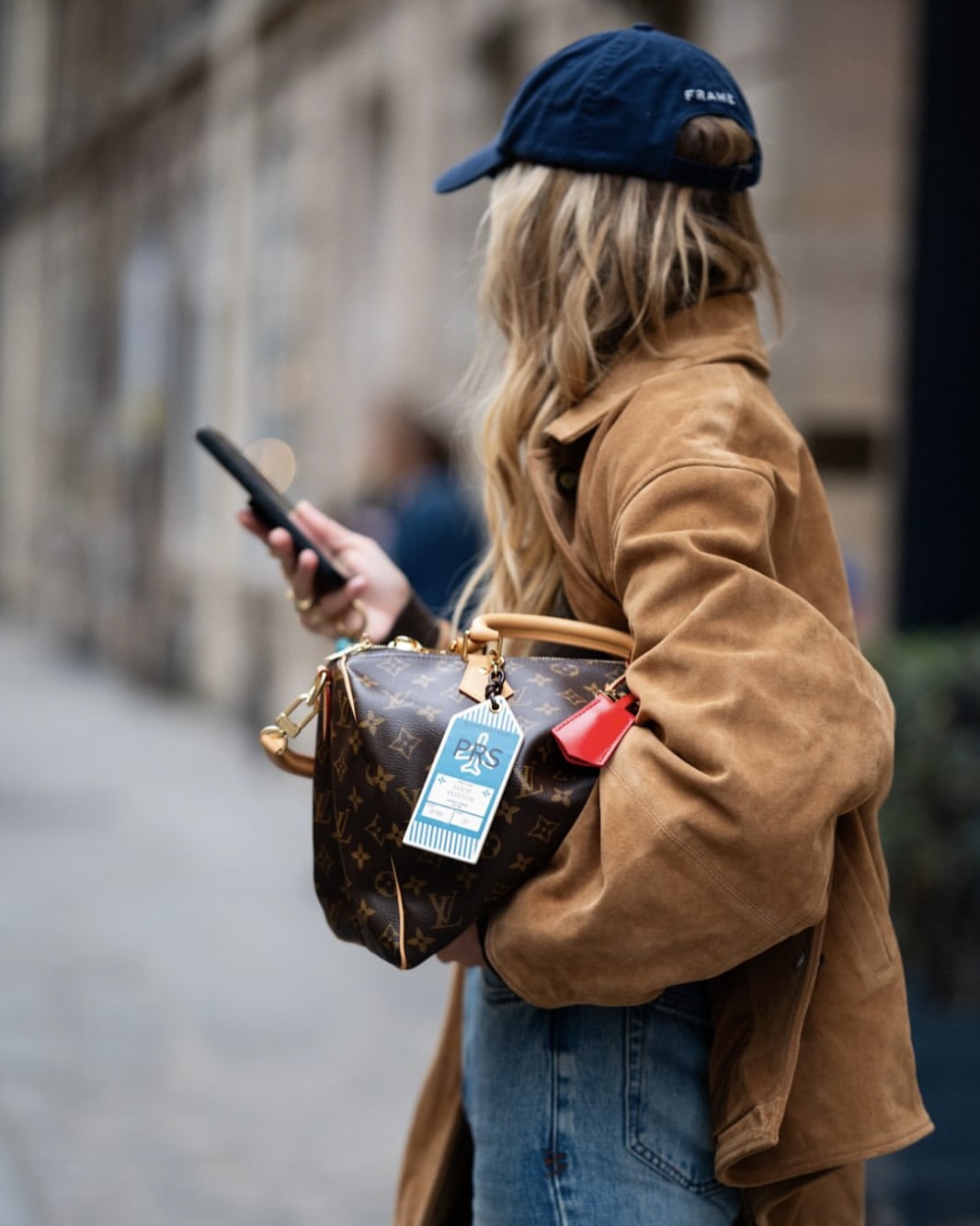
Image courtesy: @elle_ferguson
Fashion & Leather Goods faced a 7% organic revenue decline in H1 2025, driven by a 15% drop in tourist spending in Japan and a 9% decrease in Asia excluding Japan. Demand elsewhere remained steady, helping the division maintain a high operating margin. During the Q&A portion of LVMH’s presentation, CFO Cécile Cabanis said Louis Vuitton was the strongest performer, with Dior slightly below the division average. However, she noted the gap between maisons was “not significant,” with most of the pressure coming from Asia and currency effects.
Despite the slowdown, LVMH spotlighted key creative moments across its maisons: Louis Vuitton launched The Louis, a museum-like cruise ship in Shanghai, alongside shows by Nicolas Ghesquière and Pharrell Williams. Dior welcomed Jonathan Anderson as Creative Director, overseeing both men’s and women’s ready-to-wear collections for the first time since Christian Dior himself. Cabanis emphasized the importance of consistent brand communication around his work and expressed eagerness to see how his vision unfolds, noting that his debut collection is already proving coveted. Meanwhile, Celine introduced Michael Rider’s first collection, and Loewe named Jack McCollough and Lazaro Hernandez as its new Creative Directors, both receiving positive reception.
Read also: Will Hermès Spike US Handbag Prices Again As Tariffs Increase?
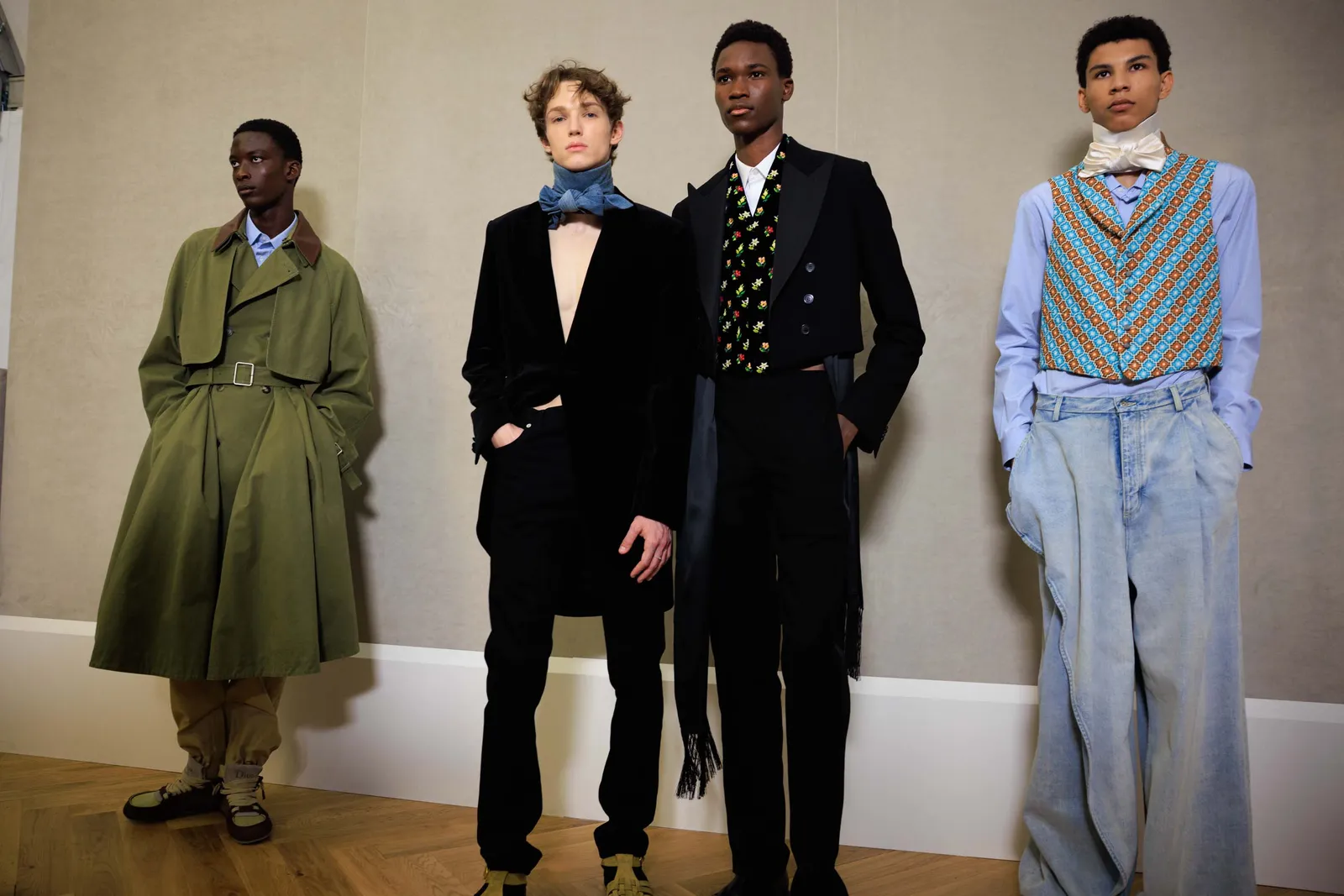
Image courtesy: Vogue
Beyond Asia, Europe performed best, with revenues up 1%, while the United States saw a slight 1% decline. Cabanis attributed the US slowdown partly to currency effects, explaining that “the swing in the dollar created the slowdown in the US,” though it wasn’t a major contributor to the group’s overall revenue decline.
LVMH’s Watches & Jewelry division, home to iconic brands like Tiffany & Co. and Bvlgari, saw a slight 1% decline in organic revenue in the first half of 2025, impacted by ongoing investments in store renovations and marketing.
Cabanis addressed pricing concerns amid competition from more affordable brands like Ralph Lauren and Coach, emphasizing that recent performance challenges stem mainly from macroeconomic and currency fluctuations rather than pricing strategy. She explained that LVMH’s approach to pricing is clear: any increase must be backed by product improvements, such as enhanced quality or added functionality. While moderate adjustments may be made to offset inflation or tariffs, these are not the primary focus.
When asked specifically about tariffs, she noted that the group is working on multiple initiatives with or without tariffs in place, but didn’t provide a direct answer on their impact. Moderate price increases may occur in Fashion & Leather Goods, but the company is also focused on supply chain optimization. For example, Louis Vuitton has local production in the US that can be expanded, while Tiffany’s production in both the US and Europe offers opportunities to improve operational efficiency and logistics.
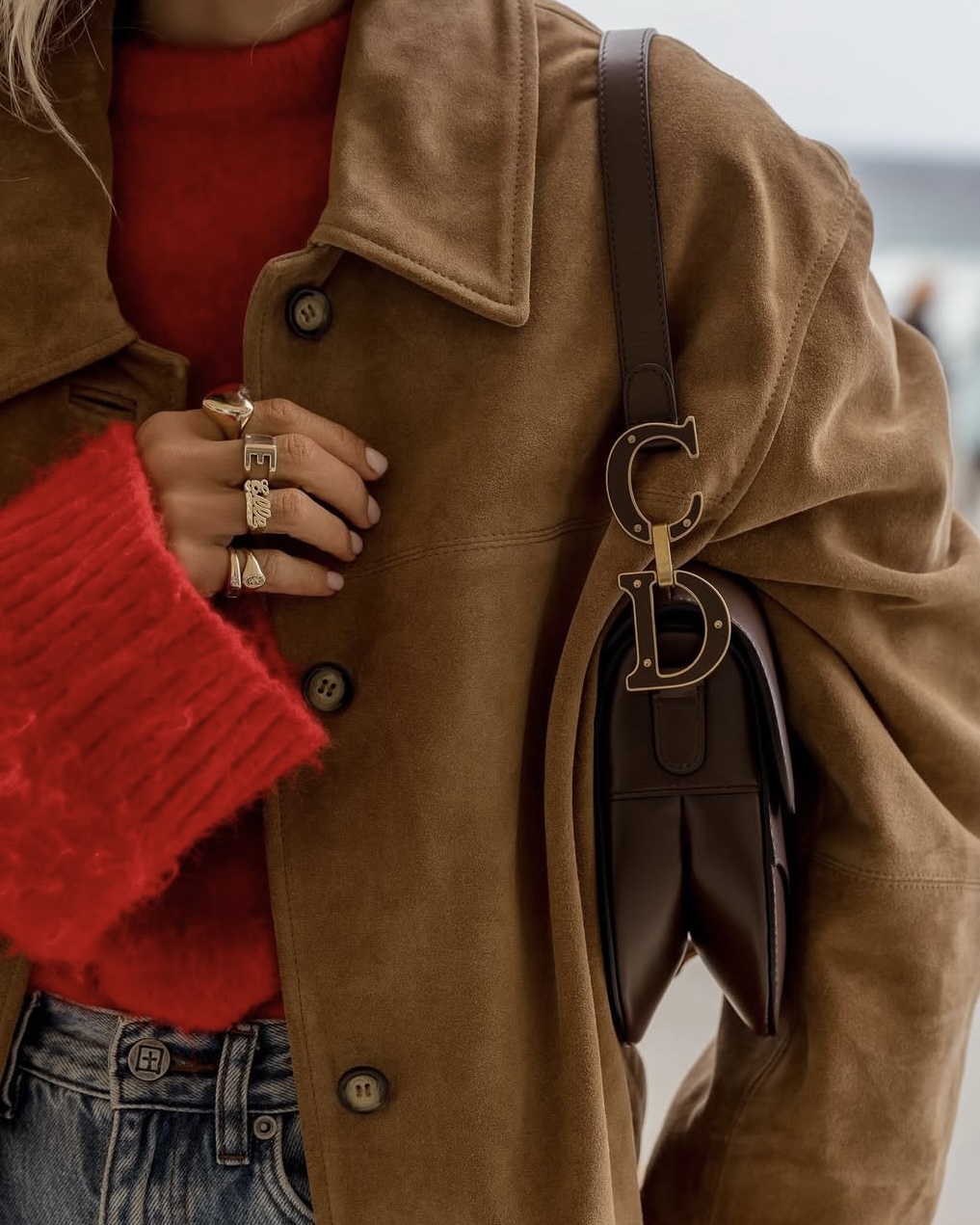
Image courtesy: @elle_ferguson
On scope and future opportunities, Cabanis emphasized that LVMH will not miss out on good opportunities. However, the group remains selective and won’t retain brands that don’t add value or where LVMH is not the right operator, referencing last year’s decisions to exit Off-White and Stella McCartney.
Despite ongoing geopolitical and economic uncertainties, LVMH remains confident in its strategy to continuously enhance the desirability of its brands through exceptional product quality and retail excellence. Still, as Cabanis noted, the impact of structural changes and efficiency efforts “won’t be visible until the second half of 2026,” suggesting any momentum recovery will take time.
Read related articles:
LVMH Sales Slip: Leather Goods & Fashion Take a Hit
Hermès Price Increase – Tariff Will Be Passed on to US Customers
Will Hermès Spike US Handbag Prices Again As Tariffs Increase?
Handbag Math: What the Tariffs Really Mean
How High Will Trump Tariffs Spike Prices of Luxury Handbags
News: Handbags Reported as Must-Have Investment of 2024
Love, PurseBop
XO
Updated: July 24th, 2025



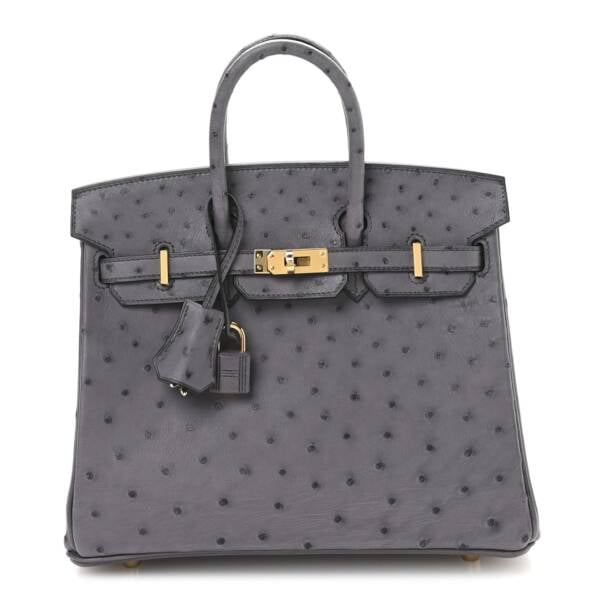
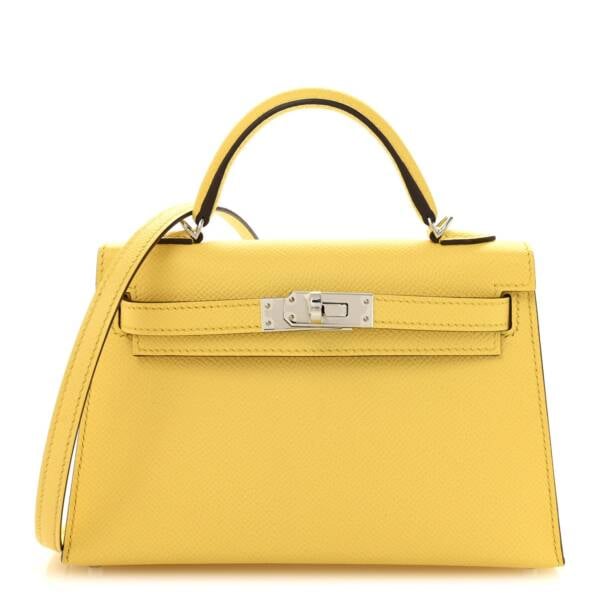
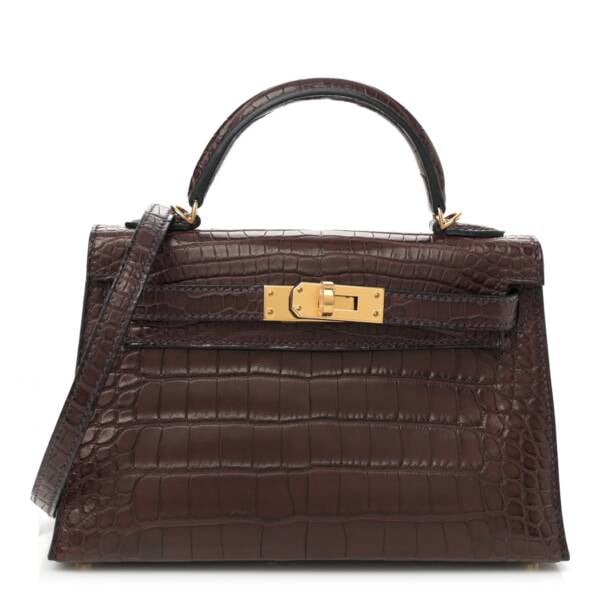
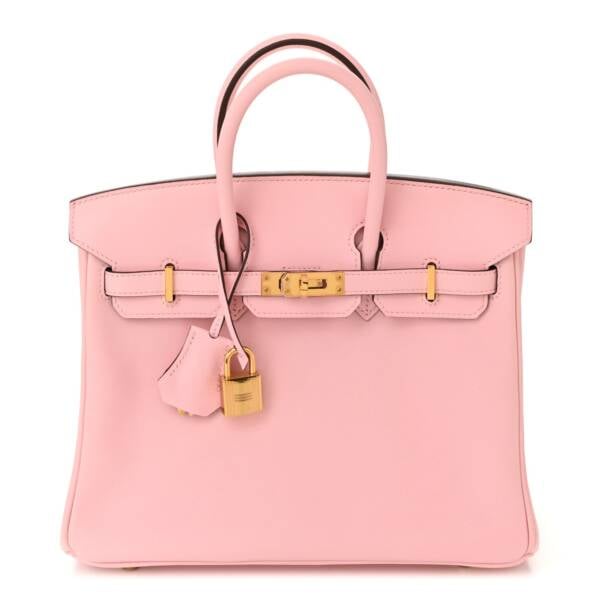
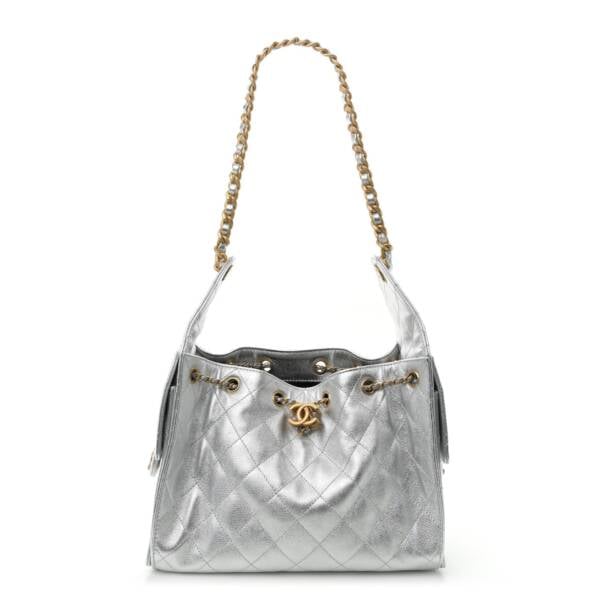
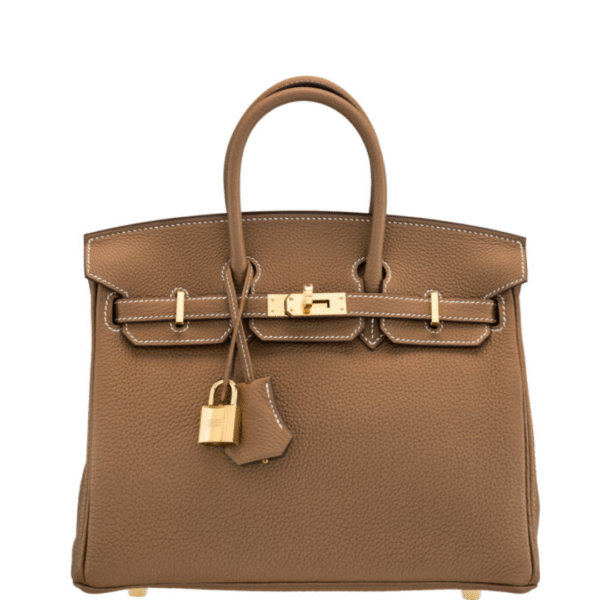
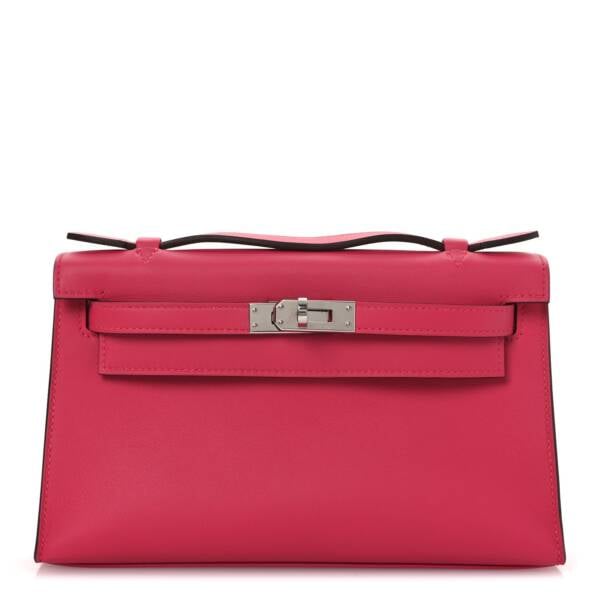
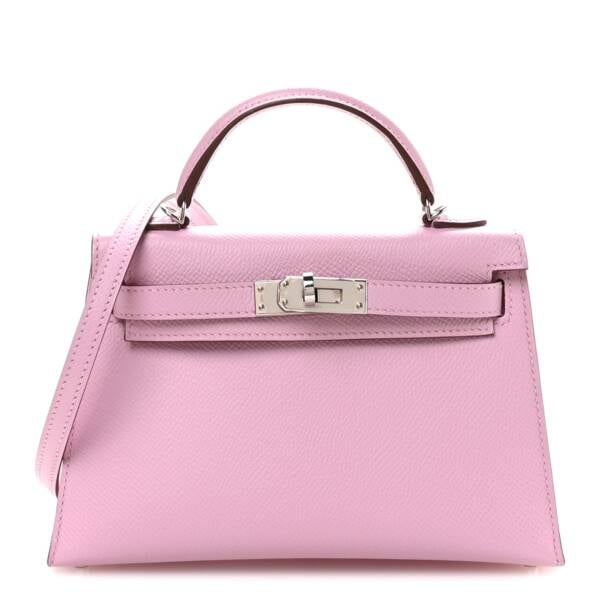
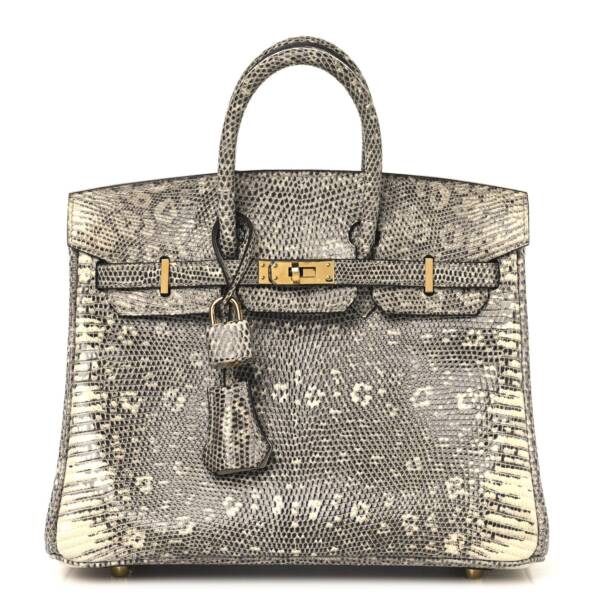
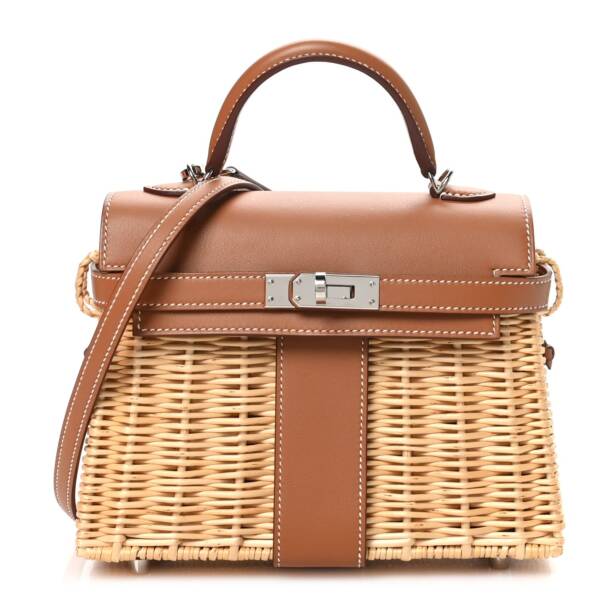
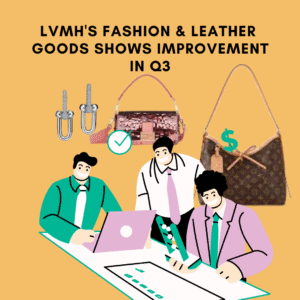

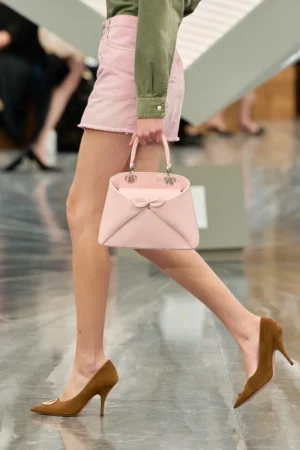
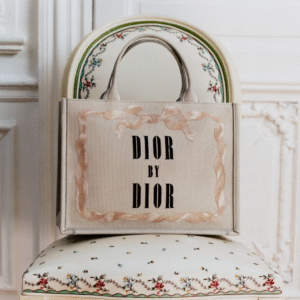
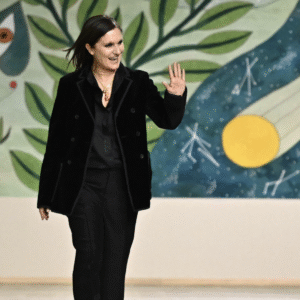
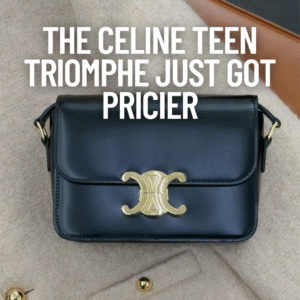



Comments